Conveners
Engineering 1
- Ernesto Fasano (Università di Napoli "Federico II")
Mr
Francesco De Lorenzo
(Fincantieri)
14/11/2019, 15:00
Naval architecture and marine engineering evolution
extended abstract + paper
The attention on a global scale to the preservation of the ecosystems and to the reduction of emissions connected to anthropogenic activities falls mainly on industrial activities and on the transport sector. The role of the maritime sector is crucial in this theme since it impacts both on the balance of both marine and terrestrial ecosystems. Reduction of vessel emissions into the marine...
Dr
Beatrice Tori
(Maritime Technology Cluster FVG - mareFVG)
14/11/2019, 15:20
Naval architecture and marine engineering evolution
extended abstract + paper
Passenger ships evacuation analysis is nowadays a required step in the
ship design process. In this sense, a new set of international Regulations has been issued to improve the survival ability of passenger and ro-ro ships. The “Safe Return to Port” Regulation is referring to the need to grant adequate ship functionality when a casualty occurs (e.g. fire or flooding), requiring the ship...
Mr
Nick Danese
(Nick Danese Applied Research), Mr
PAOLO PAGLIUCA
(STN - Studio Tecnico Navale)
14/11/2019, 15:40
Naval architecture and marine engineering evolution
extended abstract + paper
Efficient Data & Information sharing is key to and backbone of the collaborative effort to successful completion of projects on time and on budget. Current software tools generating growing amounts of data, and some generate information in more-or-less structured ways, too. However, a heterogeneous, collaborative approach is not supported much by the software industry which remains rather...
Francesco Mauro
(Universita' di Trieste, University of Rijeka)
14/11/2019, 16:20
Naval architecture and marine engineering evolution
extended abstract + paper
Tethered escort of ships is performed by specially designed tugs linked
by a tow-line to a strong point aft of the assisted ship. In fact, the tug is called to control the course and speed of the assisted ship in an emergency situation), so reducing the risk of grounding or collision. A substantial number of studies about ship casualties shows the grounding as the predominant accident when...



